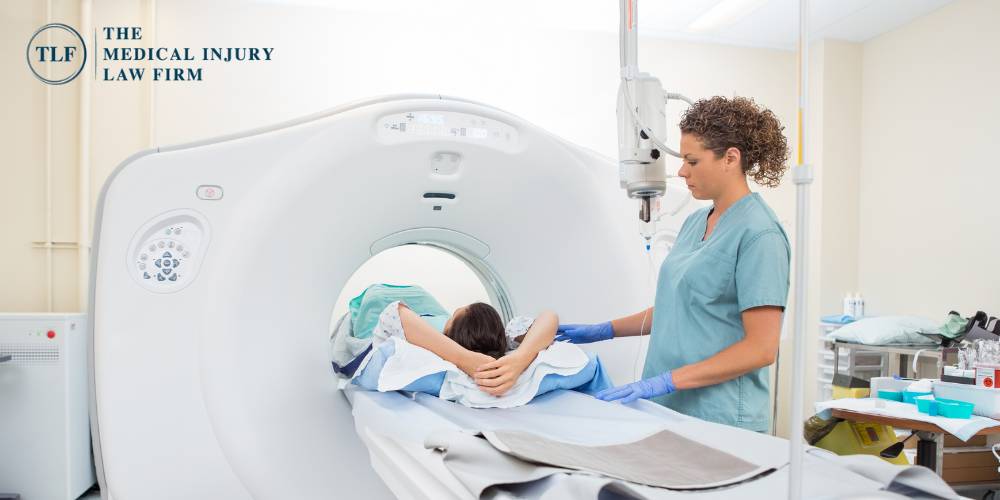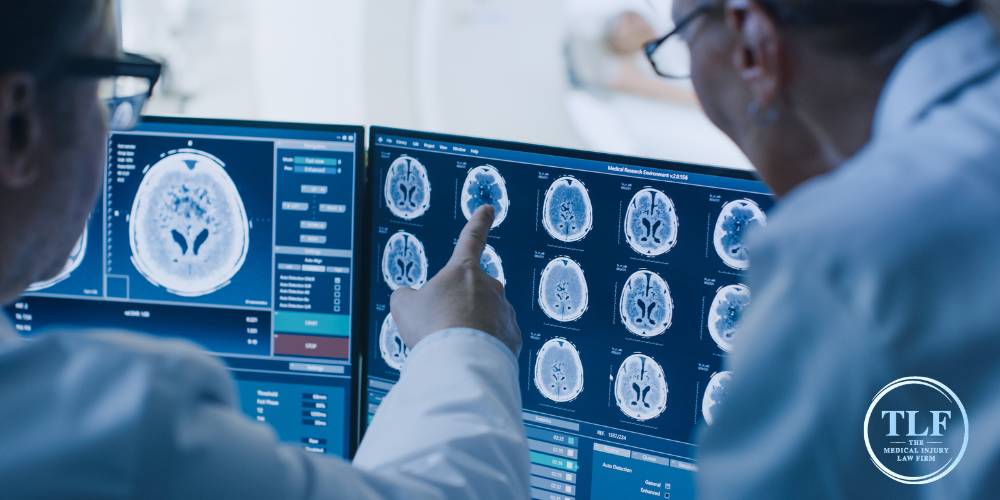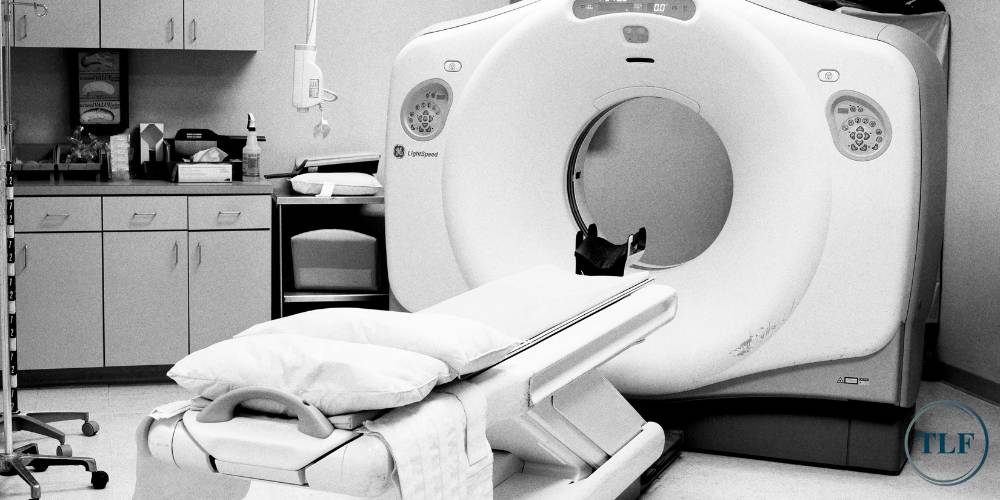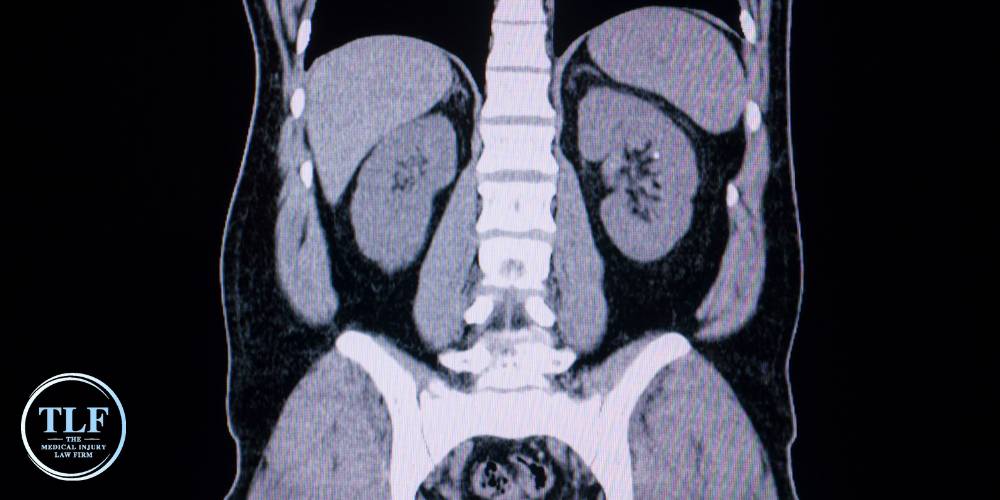In 2018, a 70-year-old woman went to the University of Iowa Hospitals and Clinics (UIHC) for an outpatient MRI regarding a mass in her breast. After undergoing some initial MRI scans, she was given intravenous gadobutrol, a contrast dye used to make certain parts of the body more visible in imaging scans.
During her initial scans, the woman was able to hold still throughout the process. However, after the dye was administered through her IV, she began moving and then became completely still. It took medical staff eight minutes to call a code blue, indicating that she was having a medical emergency.
For 40 minutes, the woman suffered from irregular heart rhythm as her condition got worse. During those 40 minutes, healthcare professionals administered epinephrine and a total of seven shocks to her heart before turning her over to the emergency department. She was pronounced dead the next day.
While an allergic reaction to contrast dye is rare, it’s still a risk that medical professionals need to consider before administering it. Additionally, patients deserve to know the risks of contrast agents before the dye is administered. Below, we’ll explore what exactly contrast dye does, what risks are associated with it, and how a reaction to contrast medium could result in a medical malpractice case.
The Northern Kentucky and Cincinnati medical malpractice attorneys at TLF: The Medical Injury Law Firm are dedicated to advocating for victims of medical negligence and pursuing justice on their behalf. If you believe you have a case, call us toll-free at (800) 698-4054 to schedule a free consultation with a medical malpractice attorney on our team today.

What is Contrast Dye?
Contrast dye, also known as contrast medium or contrast agent, is a substance used in medical imaging procedures to enhance the visibility of internal bodily structures, like blood vessels and organs, on imaging scans like X-rays, MRIs, and CT scans. It works by altering the contrast between different tissues or structures, making it easier to distinguish them from one another and providing clearer images for diagnosis.
Contrast dye can be administered orally, intravenously, or through other routes depending on the imaging technique and the specific medical situation. While generally considered safe, contrast dye can have serious adverse effects, especially in individuals with certain pre-existing conditions. Adverse reactions to contrast media can range from mild symptoms like nausea and itching to more severe symptoms like anaphylaxis, and, as mentioned above, even death.
How Imaging Requiring Dye Works
The contrast agent, which is typically administered intravenously, contains substances like iodine or gadolinium, which absorb X-rays or other forms of electromagnetic radiation differently than surrounding tissues. The differences in absorption make various bodily structures stand out from their surroundings, making them appear more prominent in the resulting images.
By improving the visibility of certain organs and internal structures, these contrast agents allow healthcare professionals to make more accurate diagnoses. However, it’s essential for healthcare providers to carefully consider the potential risks and benefits of using contrast medium, ensuring patient safety during imaging procedures.

Common Tests That Use Contrast Dye
There are a number of imaging techniques that use contrast agents. Some of the most common tests that use radiocontrast agents include:
- CT (computed tomography) scans
- MRI (magnetic resonance imaging) scans
- X-rays
- Angiograms (used to detect problems in blood vessels)
- Myelograms (used to detect problems in the spinal canal)
- Arteriograms (used to detect problems in arteries)
Is Contrast Dye Dangerous?
Contrast dye can be dangerous, especially in certain high-risk patients. However, in general, contrast agents are not inherently dangerous. Most patients will not suffer from an adverse reaction to the contrast agent and can complete their imaging tests without incident. Unfortunately, this is not the case for all patients.
Risk Factors For a Contrast Agent Allergic Reaction
Certain individuals are at an increased risk of having an adverse reaction to contrast agents. Someone may be at a higher risk of having an allergic reaction to contrast agent if they:
- Have had a prior allergic reaction to CT dye
- Have an allergy to shellfish or iodine
- Suffer from asthma
- Suffer from renal dysfunction
- Suffer from multiple myeloma, a type of cancer
- Take beta-blockers, which are often used to treat high blood pressure
It’s important for healthcare providers to know these risk factors and pre-screen patients for things like allergies and decreased renal function. This can help minimize the risk of adverse reactions to contrast dye during medical imaging procedures.

Contrast Dye Reaction Side Effects
If someone is suffering from a serious reaction to a contrast agent, they will likely go into anaphylactic shock. They may also suffer from respiratory failure, cardiac arrest, acute renal failure, seizures, and even death. Contrast agent reactions can cause symptoms such as:
- Nausea
- Vomiting
- Headache
- Flushing or warmth sensation
- Itching or skin rash
- Metallic taste in the mouth
- Dizziness or lightheadedness
- Pain or swelling around the injection site
- Changes in blood pressure or heart rate
- Wheezing
- Difficulty breathing
- Swelling of the throat, tongue, or other areas of the body
- Extremely low blood pressure
It’s important that healthcare professionals take immediate action when they notice a patient suffering from an anaphylactic reaction. If not treated, anaphylactic reactions from contrast agents can result in death.
Contrast Dye Medical Malpractice Lawsuit
In certain situations, a medical professional may be liable for a patient’s damages if the patient suffers from injuries as a result of a contrast agent. Situations that could result in a contrast dye medical malpractice lawsuit include:
- Failing to screen a patient for allergies or underlying medical conditions that could increase their risk of adverse reactions to the contrast agent
- Improperly dosing or administering the contrast agent
- Failing to recognize and promptly treat allergic reactions or other complications
- Failing to monitor a patient during and after their imaging procedure
Healthcare providers are expected to provide their patients with a certain level of medical care. In order for someone to sue for medical malpractice, they have to be able to prove that the medical professional who treated them failed to provide them with the minimum standard of care, also known as a duty of care.
If the medical professional who is treating them fails to provide them with this minimum standard of care, they breach their duty of care, making them liable for any injuries they cause as a result of their negligence.
Contrast dye medical malpractice lawsuits often involve detailed medical evidence, expert testimony, and complex legal procedures. That’s why it’s so important to have a skilled medical malpractice attorney on your side to help you pursue compensation.
An experienced attorney will have a thorough understanding of medical malpractice laws, including the specific standards of care applicable to contrast dye administration and medical imaging procedures. They will have the resources and experience to thoroughly investigate the case, gather evidence, and negotiate with insurance companies.
If a settlement can’t be reached outside of court, the attorney can also represent the victim in court to seek fair compensation for damages like medical expenses, pain and suffering, lost wages, and punitive damages. Overall, having a knowledgeable and experienced medical malpractice attorney can significantly increase the likelihood of a successful outcome in a contrast agent medical malpractice lawsuit.

Work With The Ohio and Northern Kentucky Medical Malpractice Attorneys at TLF: The Medical Injury Law Firm
Contrast dyes serve a very important role in modern imaging tests, but they come with risks, some of which can be fatal. If your loved one has suffered from a serious allergic reaction to contrast media and has suffered injuries or died as a result, you deserve justice. At TLF: The Medical Injury Law Firm, we’re ready to provide you with the legal representation you need to recover the compensation you deserve.
We understand the devastating impact that medical errors can have on patients and their families. That’s why our compassionate and skilled attorneys are committed to fighting tirelessly on behalf of our clients to hold negligent healthcare providers accountable for their actions. Our medical malpractice attorneys can handle cases involving death from CT scan dye, as well as cases involving misdiagnosis, birth injuries, medication errors, and more.
TLF is proud to serve the residents of both Ohio and Kentucky and is experienced in handling medical malpractice claims in each state. Call our Covington, KY office at (859) 898-2472 or call our Cincinnati, OH office at (513) 643-1689. You can also call us toll-free at 800-698-4054 or fill out our online form to schedule a free consultation with us regarding your case.

